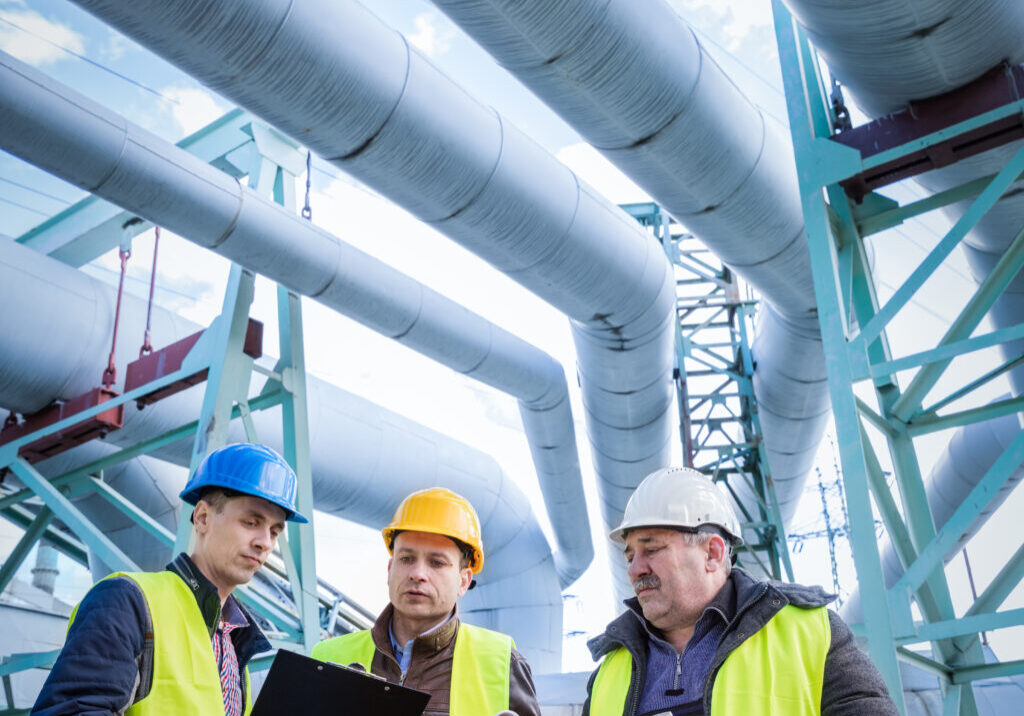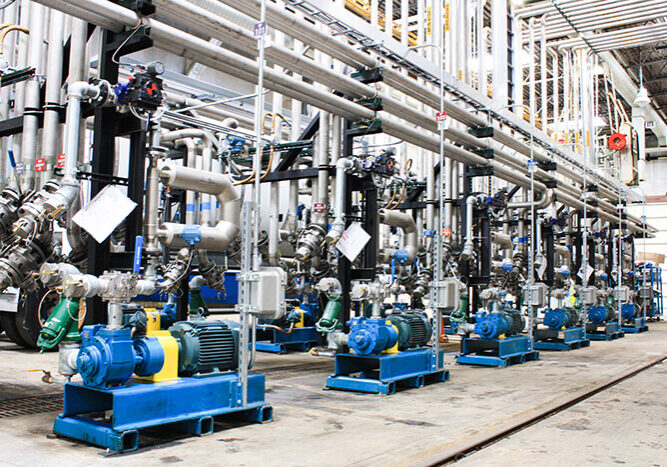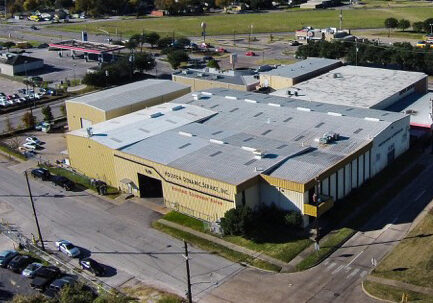4 Tips to Achieve Sustainable Pump Reliability
Centrifugal pumps have been the industry standard for years because they are meant to run for long periods of time with no issues. Along the way, improvements have been made in efficiency, containment, and reliability to keep them the preferred choice in many applications. These improvements include items such as pump controls, variable speed drives, improved materials, and designs without seals. Below, we will show you 4 tips to achieve sustainable pump reliability to get the most out of these amazing pumps.
- Selection is Key
Those of you about to purchase new pumps will appreciate this step. It is not only important to select the pumps that will work best for your operation, but to have the design properly laid out. This includes specifications such as:
- Best efficiency point of the pumps.
- Pressure and flow of pumps.
- Specific gravity, PH, and NPSHA (Net Positive Suction Head Available) or level of pressure at the pump’s suction.
- Inlet and outlet sizes.
- Speed and voltage.
- Location of pump and pump system.
- Use the Best Engineers
Some engineers may err on the side of oversized pumps and larger drivers because they think it preferable to have too much power rather than too little. Additionally, the discharge side can be throttled if the flow of the system is too high at the pump’s outlet. This approach is common but inefficient as well as expensive. This system results in higher energy costs for pump operation, puts undue stress on the equipment, and is likely to result in more pump failures. This is why it is essential to invest in the proper system setup that is not too large or too small.
- Preferred Operating Versus Allowable Operating Ranges
As it sounds, the allowable operating range is what you will expect from your pumps. The preferred operating range is the ideal performance you can get to achieve sustainable pump reliability. Many issues can cause a pump to drop to the allowable range from component failure to a compromise in the power flow. This is where advanced pump controls come into play. They can perform many operations on their own, are programmable, and can also give you invaluable data on if and when pumps go from preferred to allowable operating range.
- Be Prepared
With the average facility having anywhere from hundreds to thousands of pumps in operation at any given time, it is inevitable that pumps will malfunction. A few of the most common issues that affect pump reliability are:
- Mechanical seal leaks
- Rolling element bearings
- Fatigue failure in bearing retainers
- Wear ring failure
- Too little or improper lubrication
You know your pumps better than most. Have a plan in place that can quickly diagnose the failure in a pump, spare parts as allowed, and contractors on hand to repair the pump, and alternate means of running the system in case of a pump failure.
Houston Dynamic Supply Can Give You More Tips to Achieve Sustainable Pump Reliability
We at HDS are experts in selecting, diagnosing, inspecting, repairing, and even building custom parts for all sorts of pumps and rotating equipment to keep them as reliable as possible. Additionally, our expansive facility houses an extensive inventory of parts, components, and more which allows us to expedite your pump repairs. Contact our team for all your industrial pump replacement parts and repairs!
Share this post:



